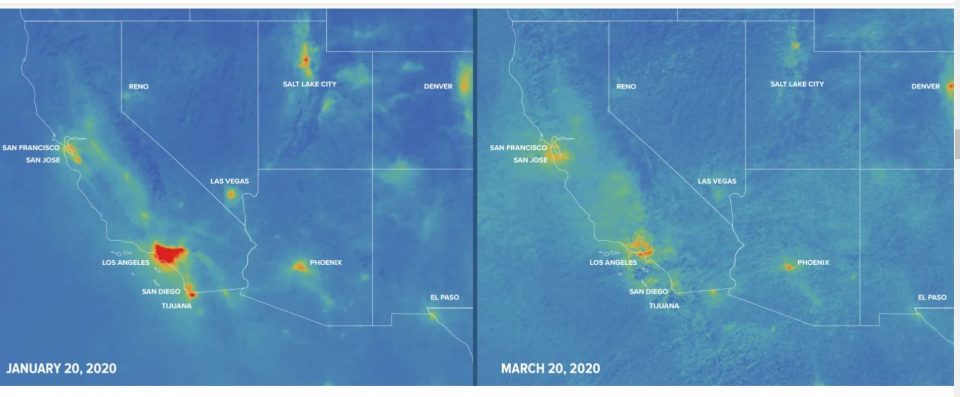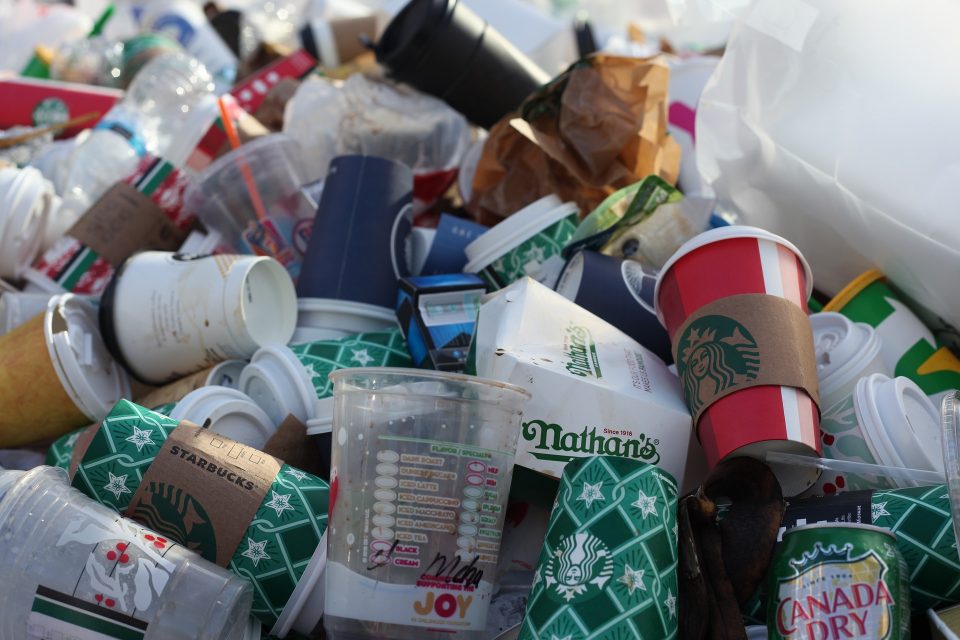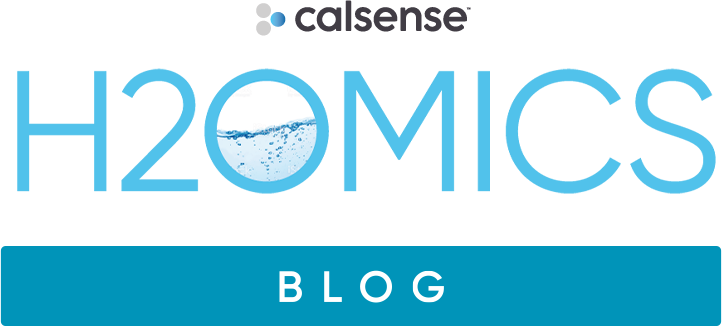Environmental Impacts of the Coronavirus
July 1, 2020

The Coronavirus has created many devastating circumstances – yet as we take a step back from the social, political, and economic impacts we can explore the less discussed environmental changes. To clarify: these environmental impacts discussed are not a direct result of the virus, but a result of the policies that were established to control the spread. There have been numerous positive and negative effects to our environment on a local and global scale. Most importantly, it is essential for each of us to understand how we personally impact these topics. To do so, we will discuss recent changes in our natural environment and what we can all do to be more mindful of our impacts, both big and small.
Looking on the Bright Side
While it feels like we are only hearing ‘bad news’ right now, there have been a surprising number of positive outcomes resulting from the policies that were put into effect to mitigate the spread of COVID-19. The most influential change has been traveling. While some businesses have temporarily shut down, and others transitioned to a work-from-home model, both scenarios led to a massive drop in daily commuting. Because transportation is the single biggest source of greenhouse gas emissions in the U.S., and because passenger vehicles account for about 60 percent of these emissions, the short-term effect on the nation’s carbon footprint could be significant. The images below demonstrate a drastic change in air pollution just three months from January 2020 to March 2020. View more maps in other areas in the U.S. here.

Less Travel = Less Tourism
In addition to the decrease in daily commuting, there has also been a significant decline in tourism and air travel. EPA reports that aircraft contribute 12 percent of U.S. transportation emissions, and account for three percent of the nation’s total greenhouse gas production. With these two vital forms of transportation drastically decreasing since the outbreak of COVID-19, air pollution has noticeably improved throughout the U.S.
Due to many states and countries implementing a stay at home order, there has been a decrease in non-essential travel, and an increase in canceled vacations. Although many people have been disappointed with these orders and closed public areas like beaches and park these rules were implemented in the interest of public safety. Less crowded or closed beaches and other recreational areas means the likelihood of pollution in these ecosystems decreases as well. Cleaner beaches and rivers help promote the health and stability of aquatic ecosystems.
Environmental Noise Pollution
The drop in tourism has also led to a decrease in environmental noise pollution. “Environmental noise is defined as an unwanted sound that could be generated by anthropogenic activities, the transit of engine vehicles, and melodies at high volume. Environmental noise is one of the main sources of discomfort for the population and the environment, causing health problems and altering the natural conditions of the ecosystems.” (Zambrano-Monserrate and Ruano, 2020).
Challenges
Even though we have seen improvements with air pollution, noise pollution, and the cleanliness of our natural environments, we have also seen negative consequences – mostly in the form of waste produced by humans. Many recycling programs in cities have been suspended due to cuts in staff and attempt to lower the amount of physical contact with personal waste, which could transmit COVID-19. The same intention of keeping contact with foreign objects minimal has been seen with businesses such as grocery stores. Many have temporarily banned the use of reusable bags that people bring from home, instead offering single-use plastic bags to keep a minimal number of contaminants from entering the stores.
Similarly, coffee shops and other beverage retailers have also banned bringing your reusable cup to avoid transmission by passing back and forth the beverage cup. In many places, restaurants have been able to remain open but were limited to their take-out or delivery services. When takeout is the only form of service available, this drastically increases the amount of single-use container waste. Meanwhile, third-party food delivery services have seen a drastic increase of demand and popularity, making it even more convenient to get takeout food at home, which has also contributed to excessive waste. Although these policies were necessary for public safety, they have led to a spike in non-recyclable waste – including the pause of recycling programs resulting in extra landfill waste that could have otherwise been diverted.

Increase in Chemicals
The attempt to keep things cleaner has driven the demand for cleaning agents like bleach, alcohol, detergents, and other disinfectants up significantly. These chemicals can be very harsh on both human and environmental health. Cleaning products are released to the environment during normal use through evaporation of volatile components and rinsing down the drain of residual product from cleaned surfaces, sponges, etc. Chemicals then have the potential to end up in water sources and can contaminate drinking resources and/or aquatic wildlife. Those who are in direct contact with chemicals while cleaning risk harmful exposure to their skin, eyes and respiratory system. Proper storage and other safety precautions are crucial to protect both people and the environment.
How We Can Help
By now, it is common knowledge that our daily lives will continue to change significantly as we all emerge out of this pandemic together. From an environmental standpoint, there are many things we can do actively and be mindful of.
Working Remotely
- If continuing to work from home is an option, it is a great way to limit your personal carbon footprint as well as decrease money spent on transportation and car maintenance.
Save your recycling
- If your city or apartment/townhouse HOA is not collecting recycling, you can collect it at home and take a trip to your local recycling center. Search for the closest facility to you here. If local facilities are also shut down there are many ways to DIY and repurpose plastics, cardboard, and other recyclable goods.
Eat at home
- Not only can it be healthier and more cost-effective to eat at home, but it will also limit your take-out waste production. This also goes for your daily cup of joe. Still want to support your local businesses? You can share their business on social media (also free!) with friends and followers. Many coffee shops will sell their coffee beans for customers to make at home, so we can still enjoy premium and local coffee without the waste!
Historical events that impact the health and safety of so many, like this COVID-19 pandemic, will leave lasting effects and on many aspects of our society, in addition to providing learning experiences. The best things we can do for our environment during this time is to be open to learning, and share ideas with our communities on how we can improve.
